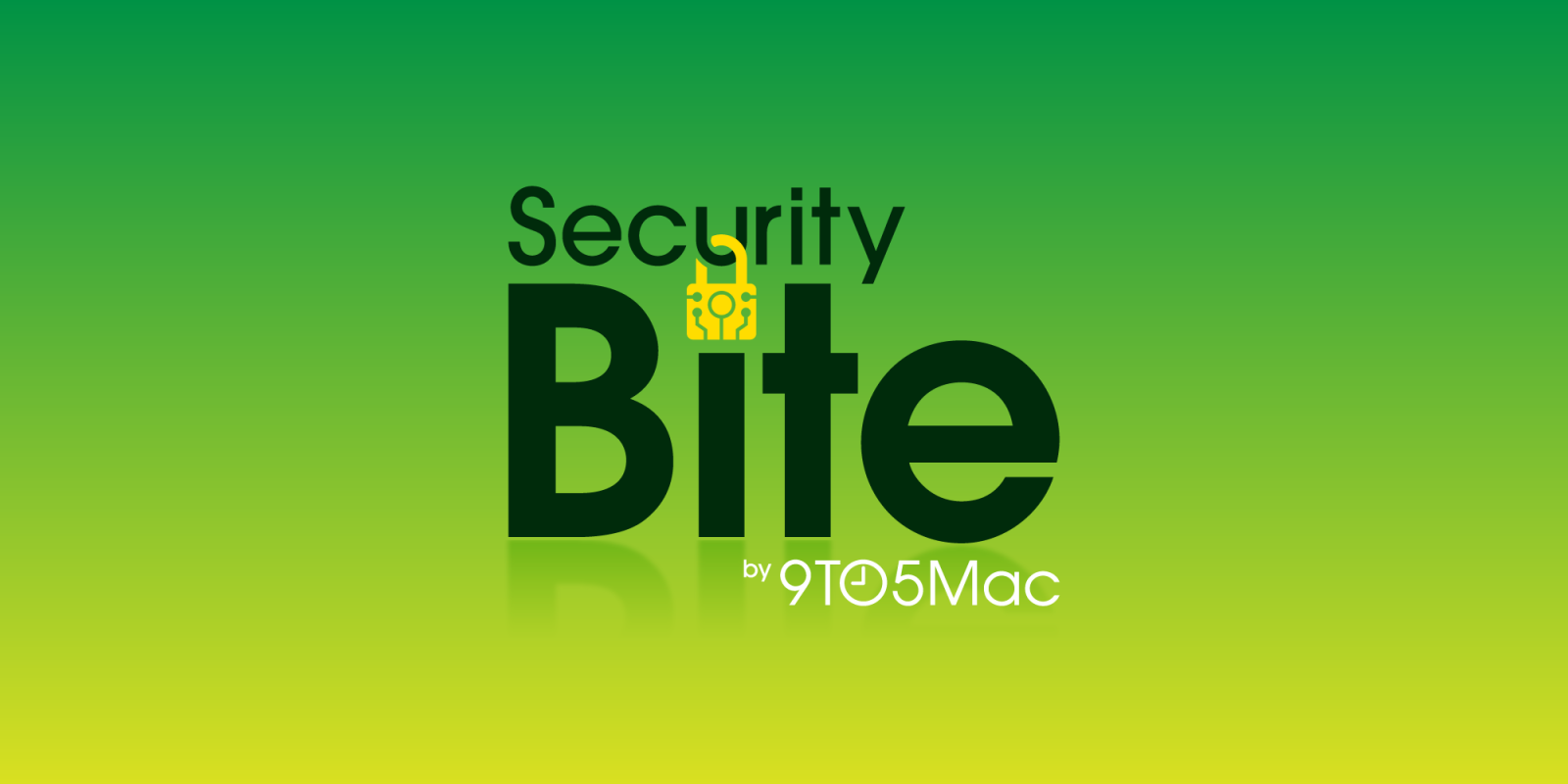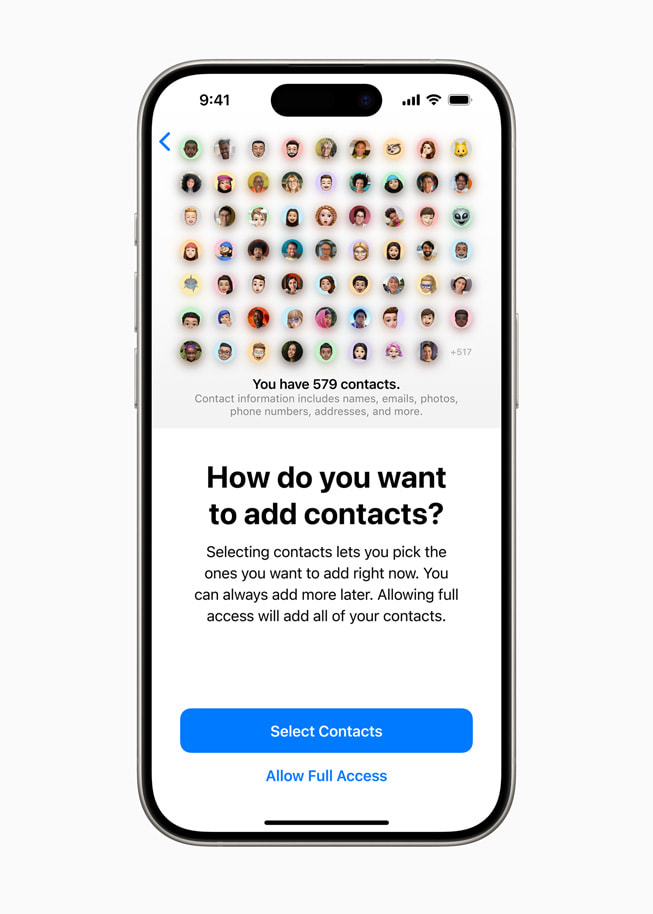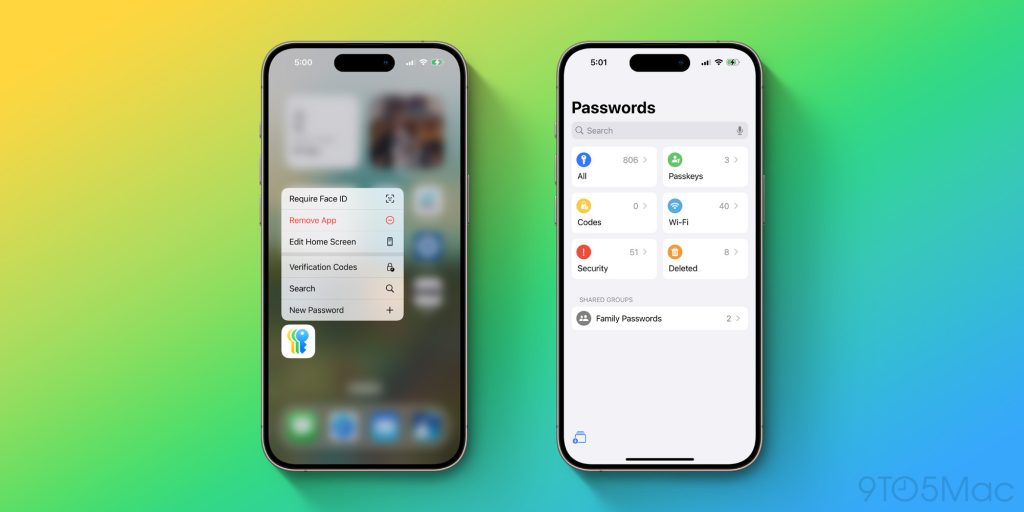
9to5Mac Security Bite is exclusively brought to you by Mosyle, the only Apple Unified Platform. Making Apple devices work-ready and enterprise-safe is all we do. Our unique integrated approach to management and security combines state-of-the-art Apple-specific security solutions for fully automated Hardening & Compliance, Next Generation EDR, AI-powered Zero Trust, and exclusive Privilege Management with the most powerful and modern Apple MDM on the market. The result is a totally automated Apple Unified Platform currently trusted by over 45,000 organizations to make millions of Apple devices work-ready with no effort and at an affordable cost. Request your EXTENDED TRIAL today and understand why Mosyle is everything you need to work with Apple.
When Apple unveiled iOS 18 earlier this month, I was somewhat disappointed by the lack of significant new security and privacy features. I still feel that way to some extent. However, after testing the iOS 18 beta for over two weeks, I want to highlight some of my favorite and noteworthy features. So, here’s my ranking in ascending order.

Taking yet another note from the Photos app, which allows users to select individual photos to share over an entire library, Apple has added the ability to pick and choose which contacts to share with an app. Before iOS 18, users only had two options: giving an app full access to all their contacts or no access.
Who users have in their Contacts may reveal more about them than they’re comfortable with. For example, a doctor’s contact could indicate a sensitive medical condition; a crunch, temple, or mosque address can point to religious affiliation.

4. Lock and Hide apps
In iOS 18, Apple took a note from the Photos app and now allows users to lock or hide any application on the home screen. The app will remain hidden everywhere except for an area in Settings and a hidden apps folder, which both require Face ID, Touch ID, or a passcode to open.

Apple claims this allows users to safeguard sensitive content from accidental exposure when sharing their devices or showing their screens to others.
“We relentlessly deliver on our commitment to give users the strongest and most innovative privacy protections,” says Erik Neuenschwander, Apple’s director of User Privacy, in a press release today. “This year is no exception, and the ability to lock and hide apps is just one example of Apple helping users remain in control of their information, even when they are sharing their devices with others.”
Here’s how it works:
- Press and hold on any app
- Select Require Face ID
- Then choose between Require Face ID or Hide and Require Face ID
- The latter will remove the app from your home screen altogether and place it in a hidden apps folder at the bottom of your last apps page
3. RCS support, huge
With the release of iOS 18 beta 2 last week, Apple added RCS support, allowing iPhone users to finally send rich messages with audio and larger media files to Android users. Unlike SMS, RCS offers familiar features such as read receipts and the classic typing indication animation, but it also has vastly improved privacy and security.
Until last week, if you sent SMS/MMS messages to non-iPhone users, they were not encrypted and, in fact, sent in plain text–readable to a potentially malicious third party. One of the main advantages of RCS is complete end-to-end encryption, which ensures that only the sender and recipient can read the messages. In addition, RCS offers a message verification system that ensures only verified companies can send texts to users, reducing the amount of spam and phishing attempts a user may receive.
2. Apple’s new Passwords app
In previous versions of iOS, Apple provided its built-in Keychain password manager tool hidden within the Settings app. It allowed for passwords to be automatically generated and saved in the Passwords section, but it can often be cumbersome when a user needs to manage particular logins.

Now, in iOS 18, passwords have a dedicated app called Passwords. Apple hopes this change will make password management more convenient for its users. Like 1Password, stored passwords can be accessed from any signed-in Apple device. You can even access your stored passwords on Windows via the iCloud for Windows app. Passwords will also come with some rather competitive features.
“Building on the foundation of Keychain, which Apple first introduced more than 25 years ago, the new Passwords app makes it easy for users to access account passwords, passkeys, Wi-Fi passwords, and two-factor authentication codes stored securely in Keychain. The app also includes alerts for users regarding common weaknesses, such as passwords that can be easily guessed, have been used multiple times, or have appeared in known data leaks,” according to Apple.
I’m excited to see Apple continue to build upon this.
Related: Can Apple’s new Passwords app replace your password manager?
1. Private Cloud Compute
Private Cloud Compute (PCC) is one of those unveiled at WWDC24 that isn’t getting enough attention. PCC was created using Apple’s silicon chips to process Apple Intelligence requests with end-to-end encryption. Apple claims it has zero access to this data, touting a new level of privacy in the Artificial Intelligence field.
Even today, iPhone, iPad, and Mac aren’t powerful enough to support all the AI models users need locally. So Apple Intelligence does something rather clever. Whenever you use a feature like Siri in iOS 18, it will use a combination of on-device and server-based generative AI models to handle requests. Anything outside Siri’s knowledge is picked up and managed securely in the cloud.
This is the magic of Private Cloud Compute.
“When a user makes a request, Apple Intelligence analyzes whether it can be processed on the device. If it needs greater computational capacity, it can draw on Private Cloud Compute, which will send only the data that is relevant to the task to be processed on Apple silicon servers. When requests are routed to Private Cloud Compute, data is not stored or made accessible to Apple, and is only used to fulfill the user’s requests,” according to Apple.
More lower-level details on how PCC works here.
About Security Bite: Security Bite is a weekly security-focused column on 9to5Mac. Every week, Arin Waichulis delivers insights on data privacy, uncovers vulnerabilities, or sheds light on emerging threats within Apple’s vast ecosystem of over 2 billion active devices to help you stay safe.
Follow Arin: Twitter/X, LinkedIn, Threads
More in this series
FTC: We use income earning auto affiliate links. More.





